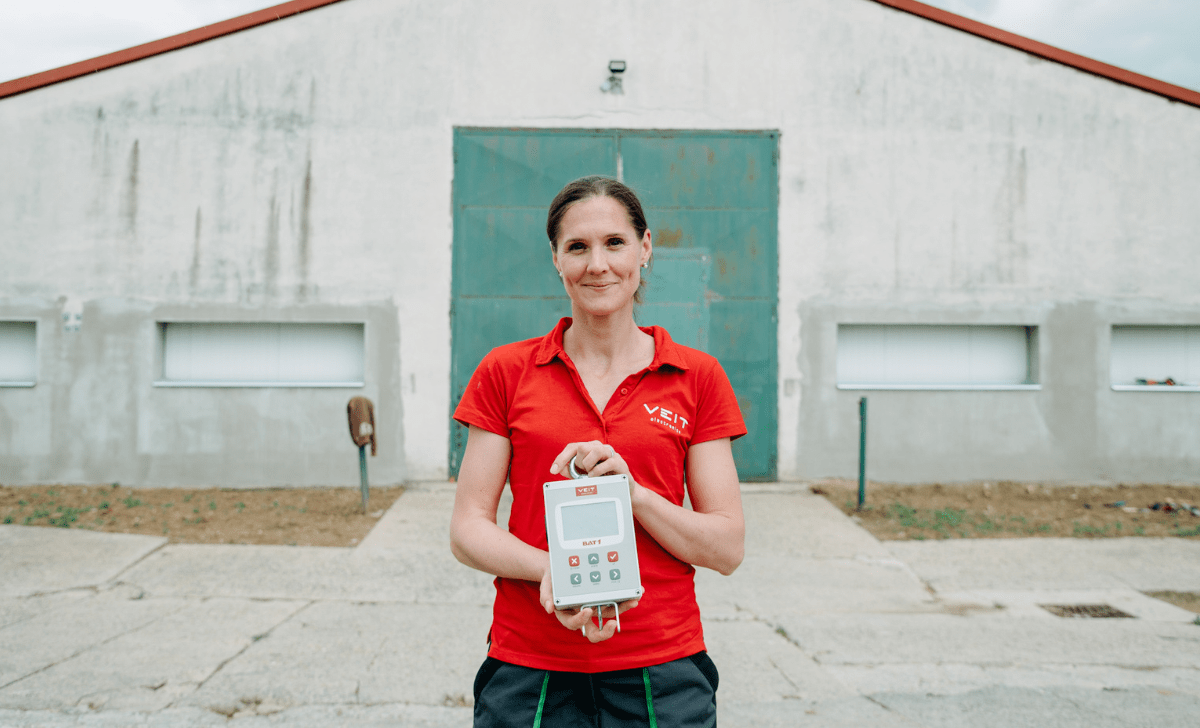Bottom Line Up Front: Proper installation of poultry weighing systems prevents costly data errors, equipment damage, and lost productivity. Avoid placement near edges, don’t take calibration shortcuts, and ensure stable mounting for reliable weight monitoring.
Installing a poultry weighing scale incorrectly can cost farmers thousands in lost feed efficiency and poor flock management decisions. Even small weighing errors can impact feed conversion and decrease profitability. Here are the most critical installation mistakes and proven solutions for precision poultry farming.
Mistake 1: Poor Location Selection
The biggest error is placing scales in suboptimal locations. Many farmers install digital poultry weighing scales too close to house edges, feeders, or drinkers, creating biased sampling (Zhou et al., 2023).
Solution: Position automatic scales like the BAT2 Connect centrally between feeding and watering systems, with one scale per 500 square meters. For manual weighing with systems like the BAT1, collect samples from multiple locations toward the house center.
Mistake 2: Skipping Proper Calibration
Not calibrating correctly is also among the top installation errors. Uncalibrated poultry weighing systems accumulate zero and span errors that only get worse over time.
Solution: Modern systems like the BAT2 Connect feature 3-touch calibration that takes minutes. Establish quarterly calibration schedules using certified test weights.
Mistake 3: Ignoring Environmental Factors
Poultry houses present harsh conditions including dust, moisture, and vibration that degrade weighing system performance and affect normal bird behavior, leading to skewed weight data. Many farmers underestimate these environmental challenges during installation.
Solution: Select scales with appropriate IP ratings for dust and moisture protection. To facilitate regular bird behavior, position scales away from areas with loud, disruptive equipment and ensure the platform is positioned at a height that allows for birds to easily move onto and off of it.
*BONUS*: Insufficient Sample Size Planning
While it isn’t directly related to installation, sample planning is also an important part of implementing a new weighing strategy. According to industry leader Aviagen, proper sampling requires at least 2% of population or minimum 50-100 birds. Installing systems without considering sample size requirements leads to unreliable data for smart poultry farming decisions.
Solution: Plan weighing locations and frequency based on flock size. Use specialized scales designed for poultry movement patterns that automatically accommodate live bird behavior for more consistent readings.
The Cost of Poor Installation
Installation mistakes create cascading problems in livestock management. Inaccurate weighing can lead to overfeeding or underfeeding, resulting in production drops. Proper installation of professional poultry weighing systems prevents these costly errors while enabling real-time growth monitoring to help safeguard optimal feed conversion ratios.
Professional installation following manufacturer guidelines is a key component of smart poultry farming and ensures reliable data collection that supports profitable poultry operations. Modern systems like the BAT2 Connect series offer installation simplification while maintaining measurement precision critical for competitive production.
Sources:
Zhou, D., Zhou, Y., He, P., Yu, L., Pan, J., Chai, L., & Lin, H. (2023). Development of an automatic weighing platform for monitoring bodyweight of broiler chickens in commercial production. Frontiers of Agricultural Science and Engineering, 10(3), 363-373. https://journal.hep.com.cn/fase/EN/10.15302/J-FASE-2023510
